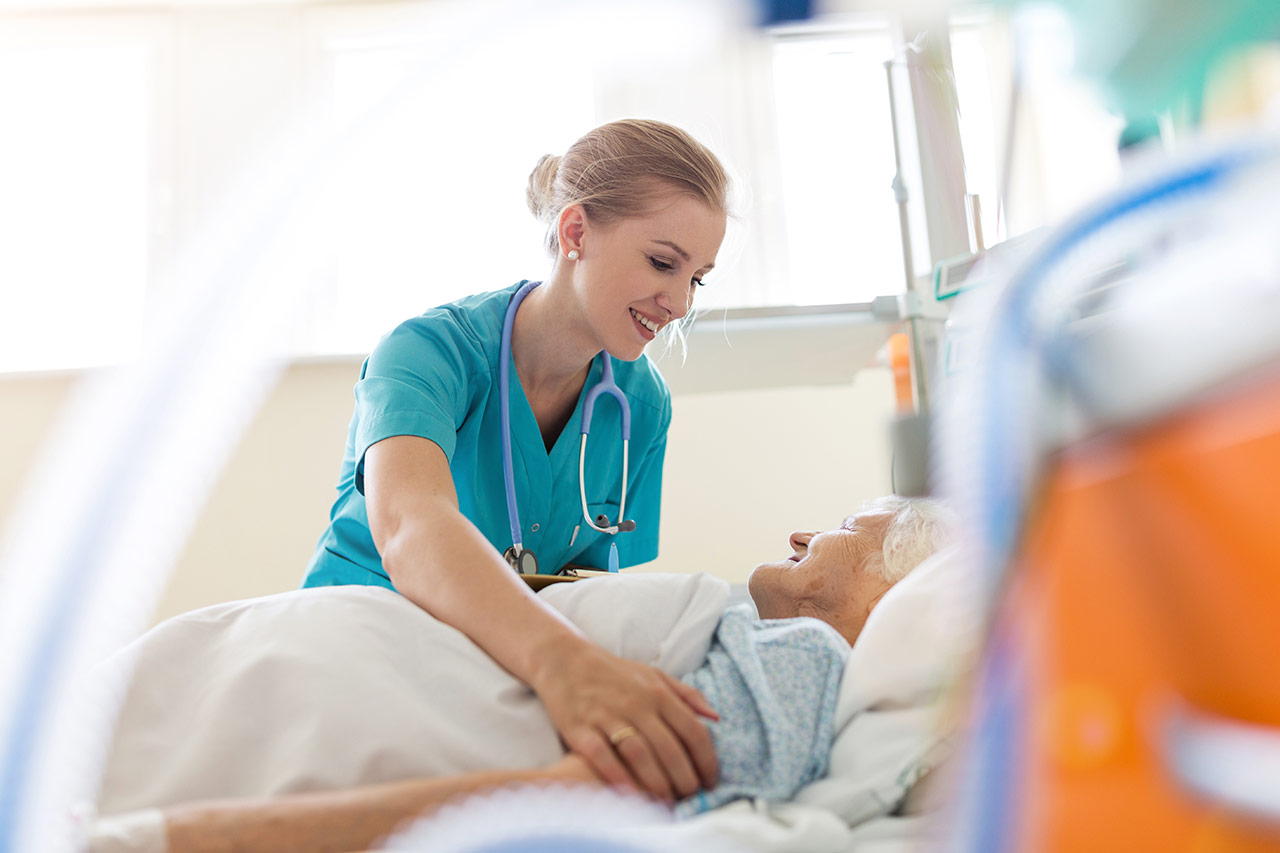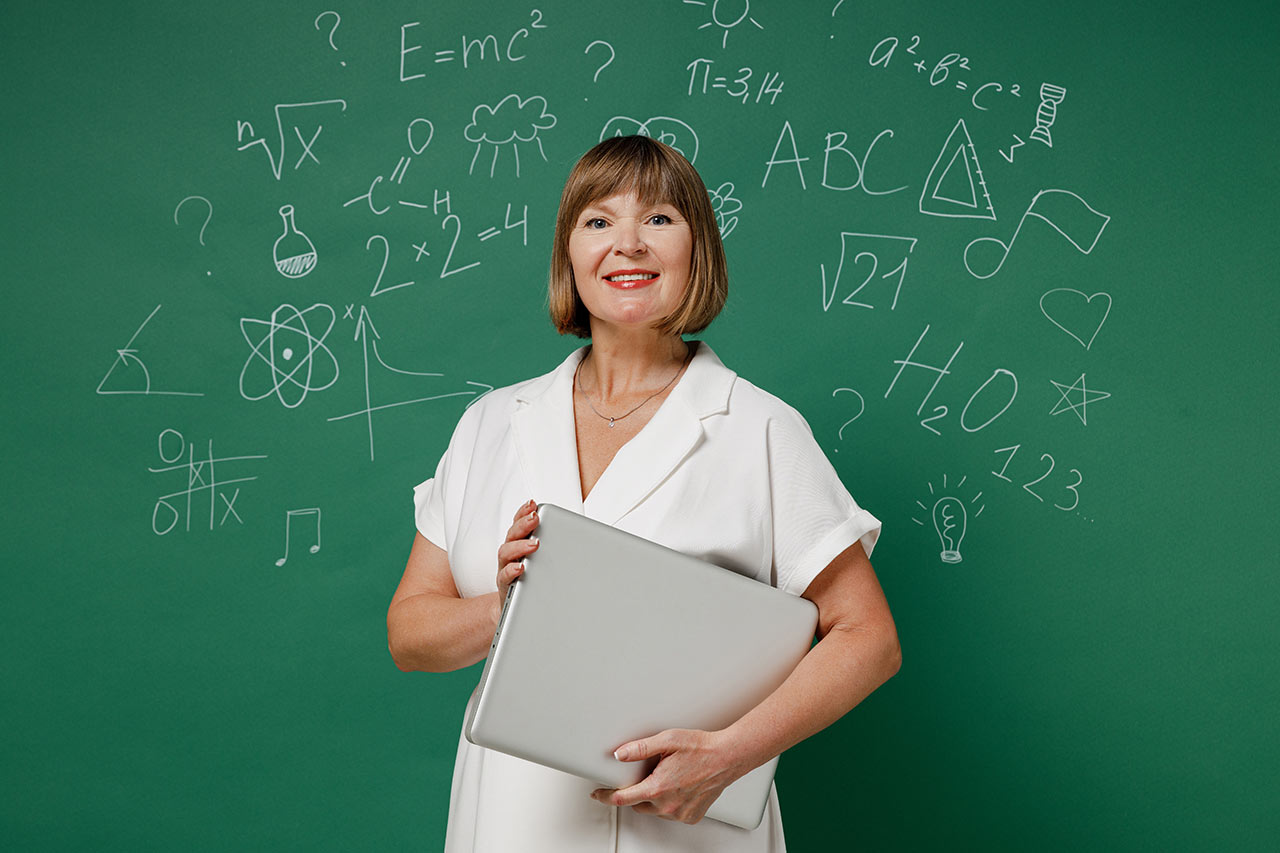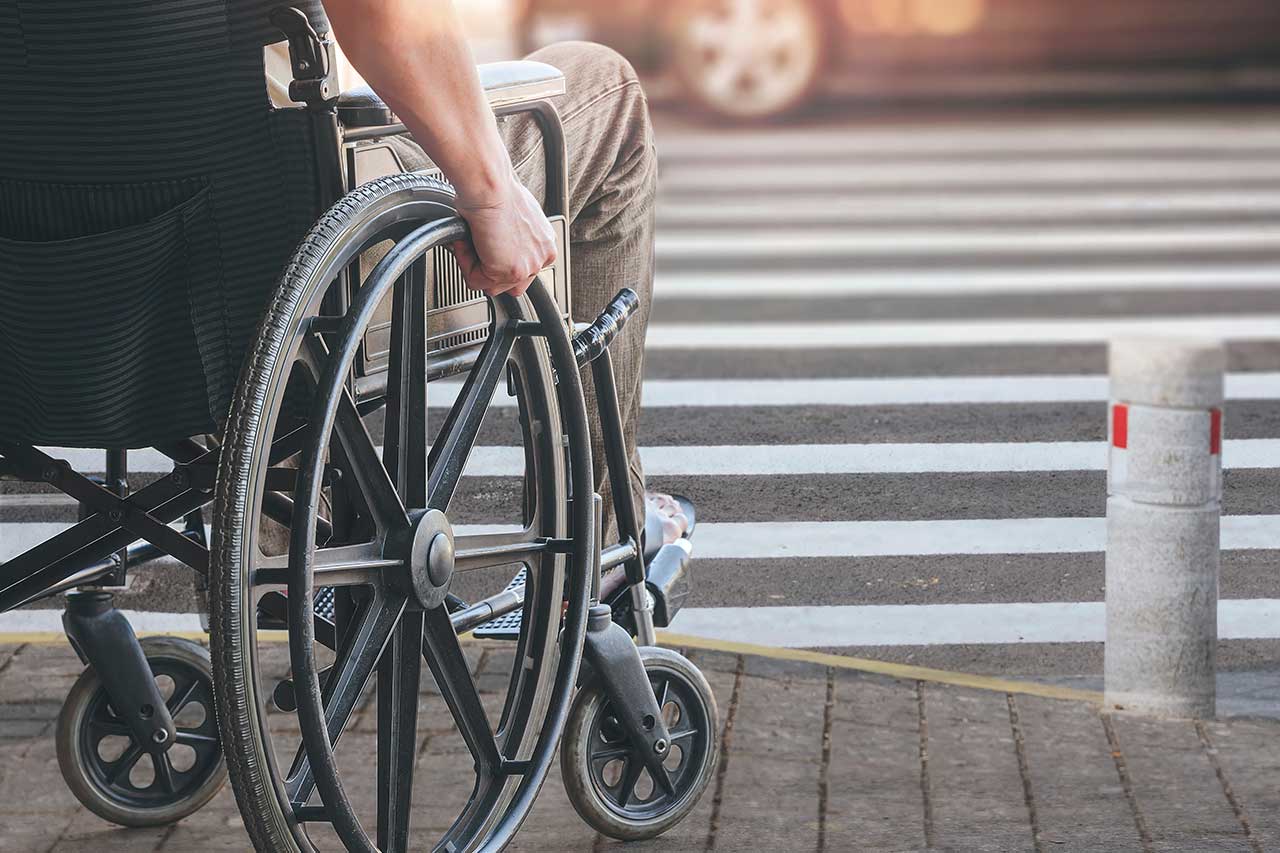A need for autonomy expressed by the patient and their family and friends in the follow-up of the pathology
Medical “paternalism” is now obsolete, gradually being replaced by a movement to professionalize the patient. It is easy to talk about patient empowerment, or the “patient expert” of his or her pathology, as well as the experiential knowledge of caregivers, which is increasingly valued.
The quality of life of the person throughout his or her journey is also a strong need expressed by the patient and his or her caregiving team. Regardless of where they live, the desire is to be able to benefit from the same care and support adapted to the pathology while preserving their daily life as much as possible.
Training for medical devices: an important public health issue, particularly with regard to chronic diseases
Current public health policies are increasingly part of a movement to transfer from the “all-hospital” to a system that places primary care teams (first level of referral, for example, general practitioners) at the heart of coordinating the patient pathway, particularly in the city, but also at home. This change not only helps saving money, but also improves the quality of life of patients, particularly in the case of chronic diseases.
Chronic illnesses are constantly on the rise, and currently affect between 12 and 20 million French people, compared with 9.9 million in 2014. Among these chronic diseases, we find, for example, venous insufficiencies. Within this population, the rate of venous ulcer recurrence is estimated at 80%, due to poorly applied compression bands. The proper use of medical devices is therefore at the heart of the support of these pathologies, particularly with a view to ensuring continuity of care between the hospital and home.
A regulatory obligation, the implications of which encourage better training for medical devices
A European directive dating from 2017 will be applicable under French law from May 26, 2021 on this subject. The provisions set forth in the law include new obligations for medical devices, including the monitoring of incidents related to their use. This traceability will be made public on a European platform that will identify in a reinforced manner all existing and new medical devices on the market.
The challenge for manufacturers is that the return of major or severe incidents may give rise to more stringent evaluation obligations. Thus, ensuring that the use of medical devices by patients in the home is safe and the risk of incidents is minimized is a real concern for manufacturers. A need for training is all the more felt when the risk associated with the device is high, and the device is non-implantable and therefore handled: risk classes IIa (e.g. needles for syringes, hemostatic dressings…) and IIb (e.g. dialysis machines, respirators…) for the most part.
Current training for medical devices that does not yet sufficiently meet these needs
Medical devices prescribed by physicians are subject to advice on use during consultation, or by the pharmacist, who is trained by MDs. However, these steps are insufficient. The only offers to train the patient at home in different aspects of his pathology are therapeutic education programs provided by health professionals. According to the LRAs that finance them, these programs, which are restrictive for healthcare professionals, are currently insufficient to cover the number of patients who could benefit from them. In fact, these so-called therapeutic education programs are to be conducted by pairs of caregivers who must be trained beforehand and are, moreover, poorly paid for the nurses.
However, some players, aware of these unmet needs and wishing to give patients the opportunity to be at the heart of their care, are trying to remedy this. This is the case with the start-up MedTech Care, which has developed a training offer adapted to two pilot themes: the use of injector pens in the context of PMA courses, and the application of compression bands for patients with venous insufficiency. The training is carried out at the patient’s home, with the patient or his or her caregiver, and is pedagogically based on the handling of the device with the professional trainer.
As part of a project to support the StartUp MedTechCare, Alcimed had the opportunity to explore this promising and meaningful subject for a large number of patients and healthcare professionals.
About the author
Mélina, Consultant in Alcimed’s Public Health Policy team in France



